Increased Regulatory Support
Increased regulatory support for biomanufacturing processes is anticipated to positively influence the Cell Culture Media Bags Market. Regulatory bodies are recognizing the importance of streamlined processes and are providing guidelines that encourage the use of single-use technologies, including media bags. This shift is likely to enhance the adoption of cell culture media bags, as they offer advantages such as reduced contamination risk and lower operational costs. As regulatory frameworks evolve to support these innovations, the Cell Culture Media Bags Market is expected to experience growth, driven by the demand for compliant and efficient solutions.
Surge in Cell-Based Therapies
The surge in cell-based therapies is expected to significantly impact the Cell Culture Media Bags Market. As the healthcare sector increasingly embraces regenerative medicine and cell therapies, the requirement for specialized media bags tailored for these applications is likely to grow. The global market for cell-based therapies is projected to reach USD 100 billion by 2025, indicating a substantial opportunity for manufacturers of cell culture media bags. This trend underscores the importance of developing innovative solutions that cater to the unique needs of cell-based therapies, thereby driving the Cell Culture Media Bags Market.
Growing Biopharmaceutical Sector
The biopharmaceutical sector is experiencing robust growth, which is likely to drive the Cell Culture Media Bags Market. As biopharmaceutical companies increasingly rely on cell culture techniques for drug development and production, the demand for efficient and sterile media bags is expected to rise. In 2025, the biopharmaceutical market is projected to reach approximately USD 500 billion, indicating a substantial opportunity for cell culture media bags. This growth is attributed to the increasing prevalence of chronic diseases and the need for innovative therapies. Consequently, the Cell Culture Media Bags Market is poised to benefit from this expanding sector, as companies seek reliable solutions for their cell culture needs.
Advancements in Cell Culture Techniques
Recent advancements in cell culture techniques are anticipated to enhance the Cell Culture Media Bags Market. Innovations such as 3D cell culture and organ-on-a-chip technologies are gaining traction, necessitating specialized media bags that can accommodate these complex systems. The market for 3D cell culture is expected to grow at a CAGR of over 20% in the coming years, reflecting the increasing adoption of these advanced methodologies. As researchers and manufacturers seek to optimize their processes, the demand for high-quality, customizable cell culture media bags is likely to increase, thereby propelling the Cell Culture Media Bags Market forward.
Rising Focus on Research and Development
The increasing emphasis on research and development (R&D) in the life sciences sector is likely to bolster the Cell Culture Media Bags Market. With governments and private entities investing heavily in R&D, particularly in biotechnology and pharmaceuticals, the need for efficient cell culture systems is becoming more pronounced. In 2025, R&D spending in the life sciences is projected to exceed USD 200 billion, creating a favorable environment for the growth of the Cell Culture Media Bags Market. This trend suggests that as more research initiatives are launched, the demand for reliable and sterile media bags will continue to rise.




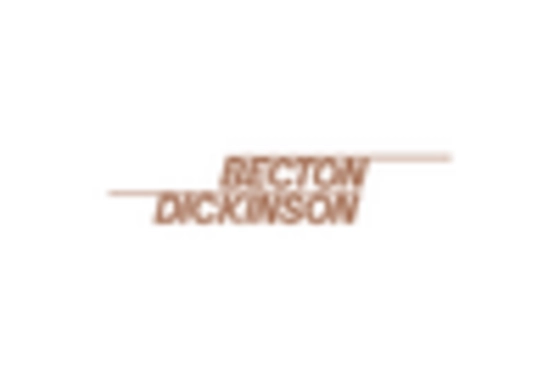
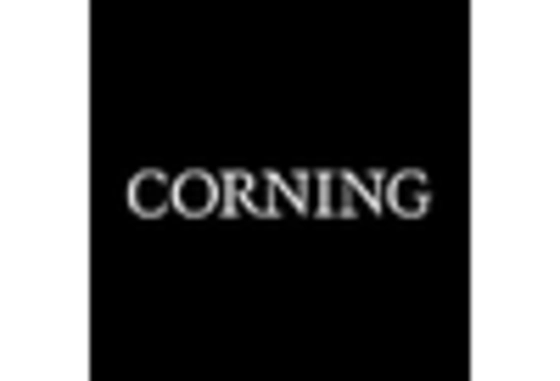
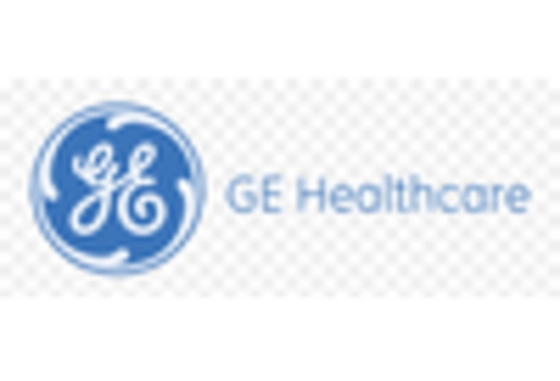
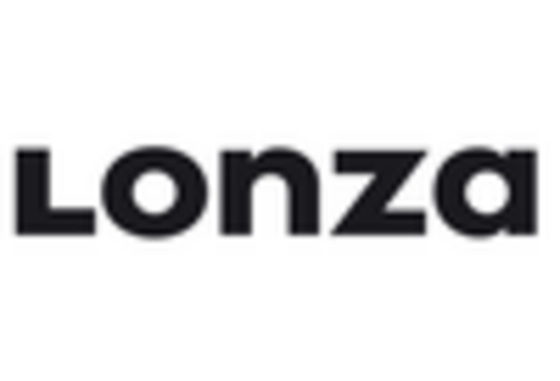
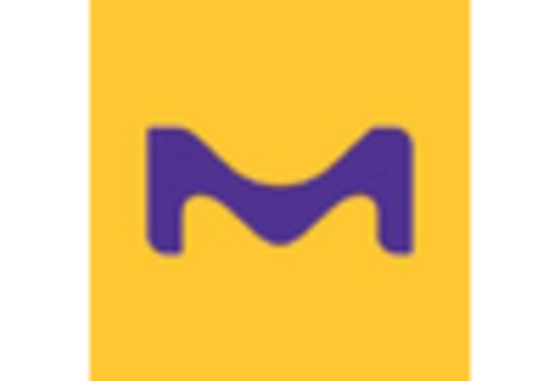
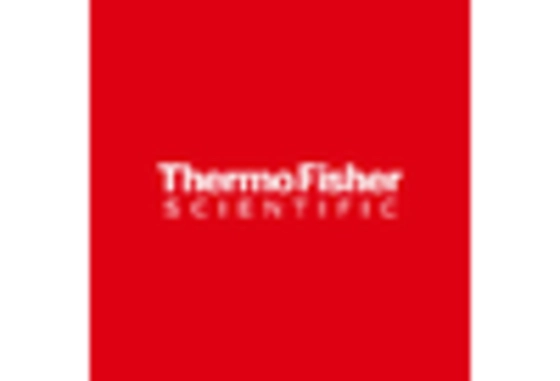








Leave a Comment